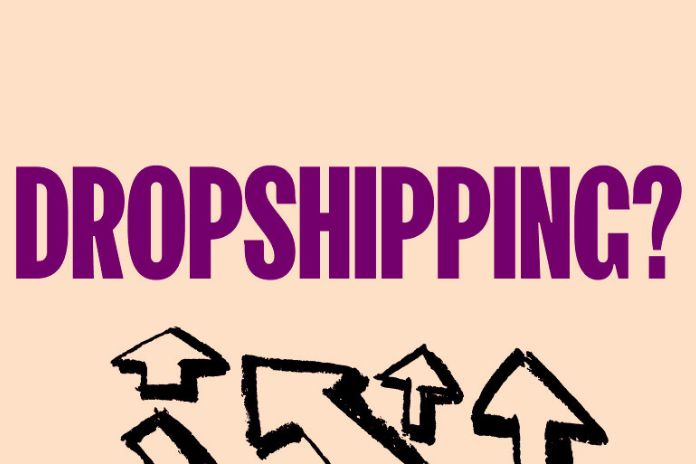Technological advancement has brought many changes to the marketing of products and services. Today, it is possible to have a virtual store or website, sell on a marketplace or act as an intermediary in dropshipping sales .
Next, we will explain what this term means, what the advantages are and how to start this business model. Good reading!
What Is Dropshipping?
If you want to start an online business but are looking for an easy-to-manage option, dropshipping could be a good choice. This e-commerce model allows the retailer to act as an intermediary for online sales. In this way, stock control and shipping of products will not be the responsibilities of the retailer, but of the suppliers.
For this reason, it does not require large investments, as it is not necessary to define a structure for the stock. Furthermore, there is no need to worry about delivery and returns logistics.
The storekeeper, therefore, will be responsible for attracting customers, receiving orders and passing them on to suppliers. It is through this process that you retain your share of the sale value.
This relationship between retailer and supplier is imperceptible to customers. For them, the seller is the same one who manages inventory and ships. But, to ensure success, you need to choose reliable suppliers.
In dropshipping , the relationship with the supplier is crucial for the purchasing experience to be positive and for maintaining the store’s image. After all, any problem with the purchase or delivery may fall on the seller.
What Is The Difference Between Other E-Commerce Formats?
The main difference between dropshipping and other e-commerce models is the way it works. This is because it consists of dividing demands between the retailer and suppliers, offering a good experience to the consumer. To make it clearer, see how the sales process works.
#1 The Customer Places The Order In The Store
The process begins when the user finds your online store or marketplace and places an order. At that time, you receive the purchase price, as defined for the sale.
Payment is made on the seller’s platform, who must approve the transaction to proceed with the order.
#2 The Order Is Sent To The Supplier
After receiving the order, the retailer must forward it to the supplier and pay for the product at the wholesale price or as defined. The amount received by the retailer will be the profit between the sale price to the end customer and the wholesale price of the product.
It is worth mentioning that this contact between retailer and supplier is not visible to the customer. For him, the one who is providing everything is the store owner himself.
#3 Supplier Sends The Product
From that moment on, the supplier is the one who takes over the process. After all, as the product is stored in his stock, he is the one who separates the order, packages it and sends it to the carrier.
When the product reaches the customer, the sales process can be completed. However, if an exchange or return is necessary, contact will be made with the retailer. In other words, he is the one who must forward the request to the supplier who, in turn, will continue with the backup logistics.
Therefore, we can conclude that the retailer assumes the role of intermediary between the buyer and the supplier. However, it also assumes important roles in this business model. For example:
Create A Sales Platform
In dropshipping, the retailer will create the online platform, be it an online store, a marketplace or other channels. This is where the entire process must be carried out, such as product management, online payment and sending orders to suppliers.
Finding Good Suppliers
One of the seller’s most important steps is finding good suppliers. In addition to quality products, it is important to have an organized, agile supplier that offers good customer service.
Set The Sales Price
The retailer will be responsible for setting the price of each product, but this can also be agreed when negotiating with the consumer. At this stage, it is important to define a strategic price, which guarantees a profit margin for the retailer, but which is attractive to the consumer.
Define Actions To Attract Customers
The seller is also responsible for promoting his store and generating interest in the products. In this case, it is important to have knowledge about marketing actions for e-commerce or have the help of a professional in the field.
Carry Out Service
As the relationship between retailer and supplier is invisible to the customer, all service is provided by the seller. He is responsible for answering questions and offering the best options before, during and after the purchase. In fact, it is essential to create a good relationship with users, so that they do business again and recommend the store to other people.
Align The Sales Operation
Finally, the retailer must align the sales operation. After all, it is not enough to receive and forward the order, it is necessary to check whether the entire process is taking place in the best possible way.
Also Read: Benefits Of Business Intelligence For Your Company












